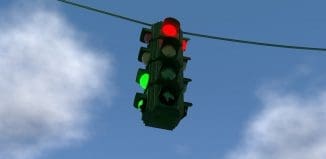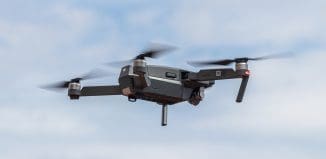Much ado about the FAA’s UAS regulation
This post is also available in:  עברית (Hebrew)
עברית (Hebrew)

The FAA’s proposed drone legislation: the return of the nanny-state
After months of waiting, the Federal Aviation Authority (FAA) finally issued its official draft proposal for new ’drone rules’, designed to regulate the use of unmanned aerial systems (UAS), or remote operated vehicles. Whilst tech companies had hoped the FAA might adopt a softer line, thereby enabling them to feature commercial services made possible by unmanned aerial vehicles. Nevertheless, the FAA adopted a hardline. Among the proposed regulations: pilots must maintain constant eye contact with their systems.
Thus far, UASs were operated in what is known as a legal grey area. This made it difficult for commercial services to flourish under the conditions tech firms require to be in the clear, legally speaking. Now, they still cannot expose themselves to possible suits. The next phase in the FAA’s drone legislation process is adopting the public’s feedback following the publication of the proposed rules. Then, the FAA will publish the finalized version. To date, no one knows when this will come to pass, let alone when will the hitherto unknown regulations become law.
For now, the FAA’s regulations limit commercial use of small drones. They should weigh no more than 50 pounds or so, and not exceed 100 mph. Flying at an altitude exceeding 500 feet or so is also prohibited. Moreover, they limit UAV flying to minimally controlled airspace and nowhere else.
In addition, UAVs’ pilots would not be allowed to navigate them over crowds or individuals not related to the vehicle’s mission. They would only be allowed to fly in daylight and fair weather. To boot, operators would be required to remain within visual range the whole time. They would also give the right of way to any other aircraft.
Register to iHLS Israel Homeland Security
 The worst barrier to tech and services firms is the aforementioned limitation on operational range. Not being able to send your UAV beyond the limit of eye contact, puts a real damper on things.
The worst barrier to tech and services firms is the aforementioned limitation on operational range. Not being able to send your UAV beyond the limit of eye contact, puts a real damper on things.
Flying UASs could not be assisted with any sights and other such means. Also, pilots can only fly one vehicle at a time.
The regulations further stipulate what is required of any licensed pilot: they should be over 17 y.o., and would be obliged to pass a bi-annual general aviation knowledge test. If you would like to own a UAV and use it, you require a license. This would also include passing a mandatory security check by the FAA’s security detail.
So to summarize, the FAA’s draft regulation supposedly designed to enable UASs to fly in the framework of US civilian airspace is conservative, unnecessarily tough, and overly protective. It is reminiscent of obscure transportation laws. Next they will tell us that objects in the sky ’are larger than they seem’. The registration requirement is also akin to the DMV’s demeanor at its best, or rather, worst.
The specific UAVs will not have to be cleared with the FAA in advance, but their model and make will. Further, they will have to be marked clearly and undergo periodic tests and check-ups, in addition to stringent operation examination prior to each take off. These numerous hurdles and barriers make commercial UAS operation too heavy for comfort.
Regardless of the unfolding rules, businesses that operate drones will largely regulate themselves. This if only because the companies would be liable for any accidents or destruction of property. Recreational hobbyists must follow other existing rules, and the FAA might in the future issue rules on so-called micro-drones, or those weighing less than five pounds.






























